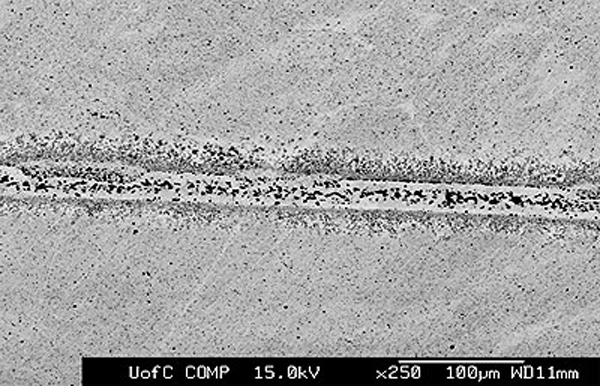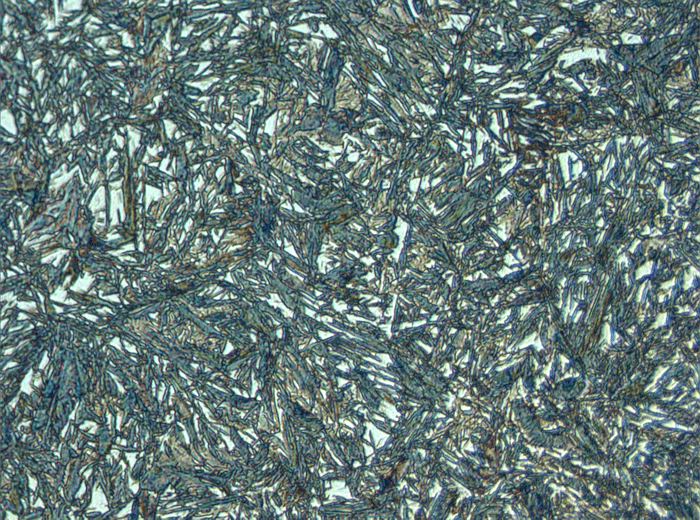Question: Staining of titanium parts after vacuum heat treatment following a gas quench, your thoughts on possible causes and remedies?
In response to this question, phenomenal suggestions by everyone! A wealth of great information here. So, what else could be happening? Let The Doctor add a few thoughts to the discussion. First, the fact that the discoloration (staining) is brown in coloration suggests that the oxide is forming on the part surface during cooling when the temperature is in the range of (approximate) 245ºC – 270ºC (475ºF – 520ºF). This is supported by the fact that the oxidation does not occur “during natural cooling” (which we assume to mean cooling under vacuum). Second, the fact that the discoloration is more evident at the bottom of the load suggests the phenomenon is (gas exposure) time dependent, that is, the longer the parts take to cool through the critical range, the greater the chance for discoloration. Third, a “steel-copper-stainless steel” test will be helpful in isolating if it is a water or air leak. Leaks in heat exchangers have been known to “open up” during the cooling cycle when exposed to hot gases and close up again at room temperature. The writer has personally experienced this – the solution being the replacement of the old heat exchanger at which time the problem went away. Fifth, look in all the places suggested by those who responded, but remember to make only one change at a time and evaluate its impact in order to find then correct the problem. Finally, as an unabashed promotion of my books on Vacuum Heat Treatment (Volume II of which comes out this fall), there are a number of sections that discuss this very issue in considerable detail covering subjects such as “Vacuum Furnace Contamination and Cleanup Cycles”, “Leaks External to the Vacuum Furnace Proper” and “Factors Affecting Performance: Discolored Work” to name a few.







